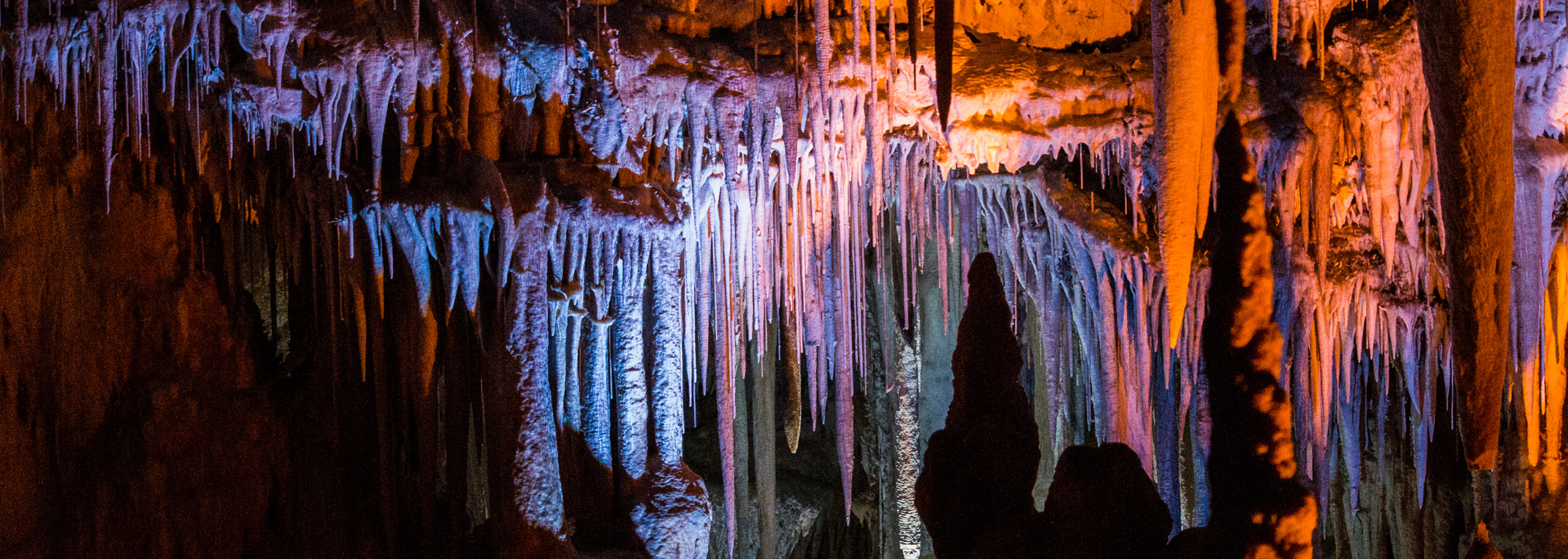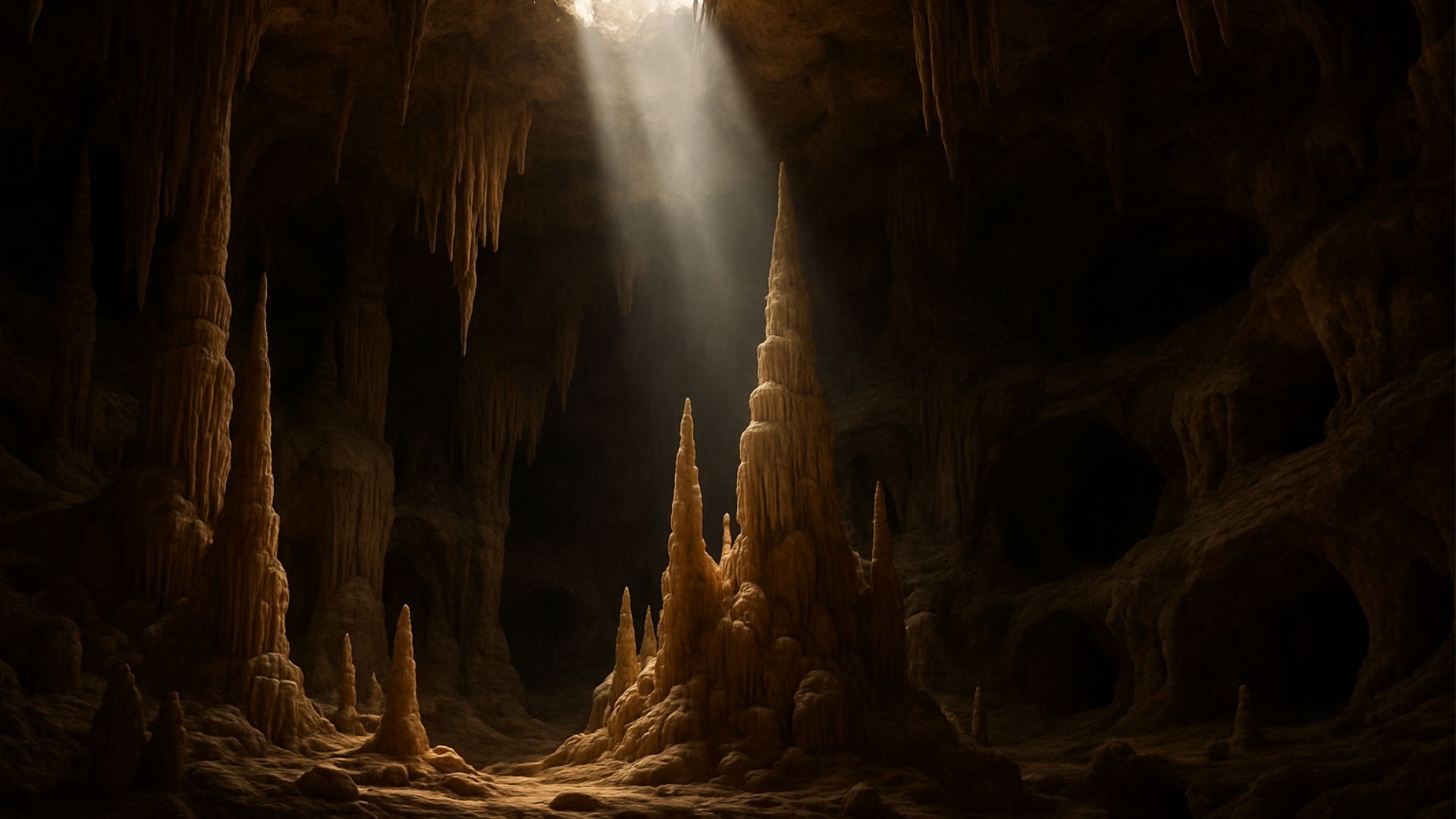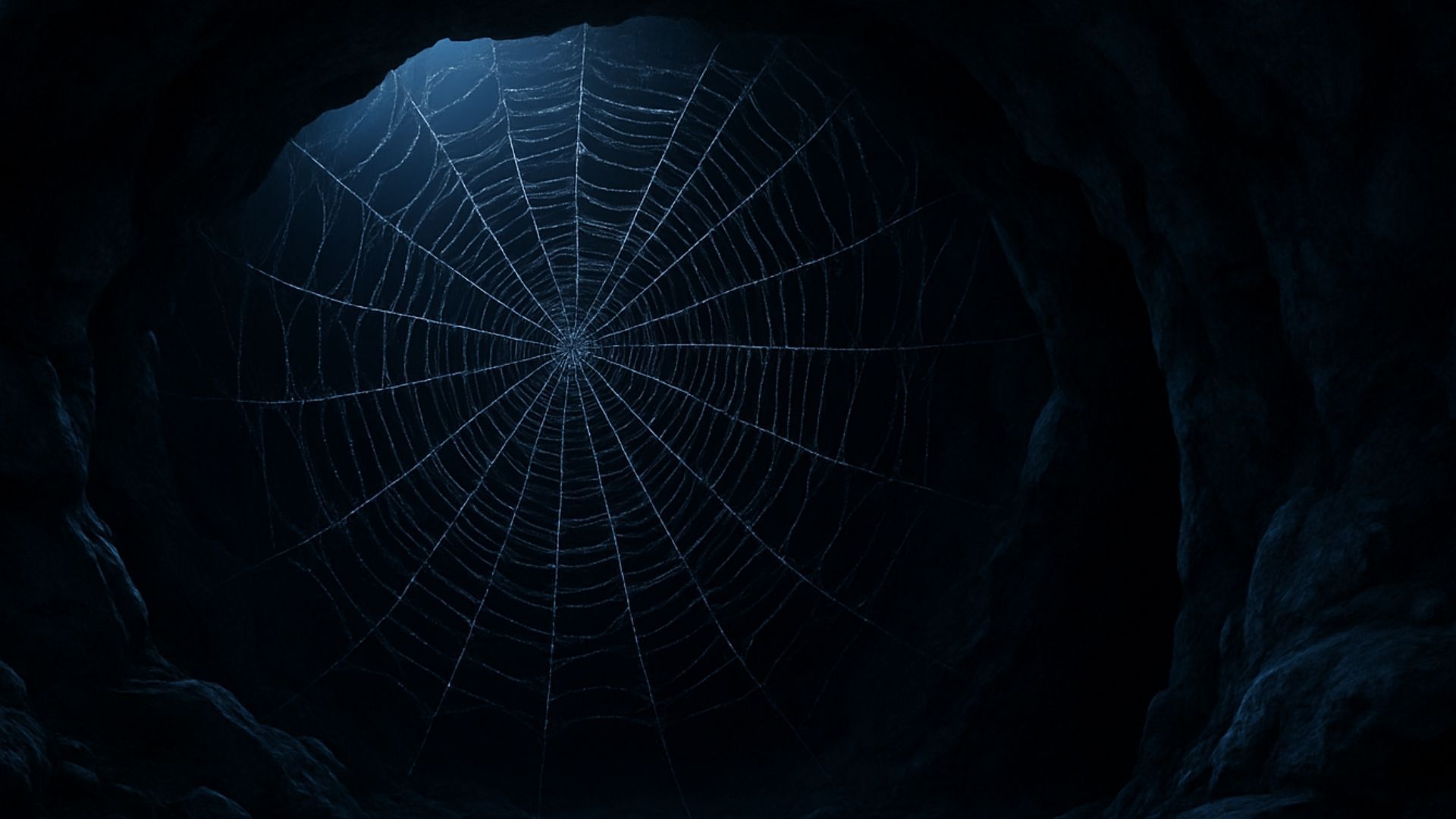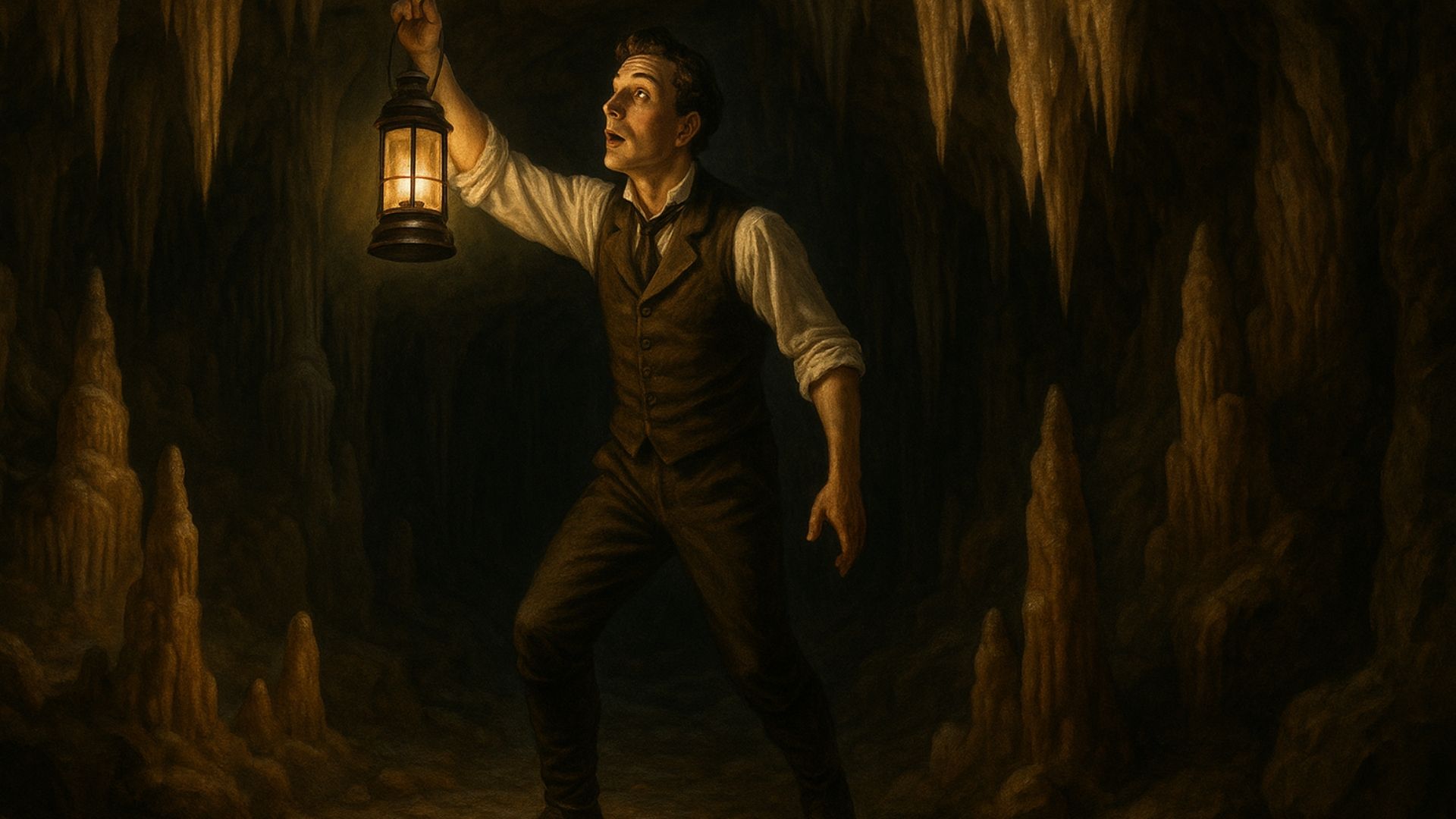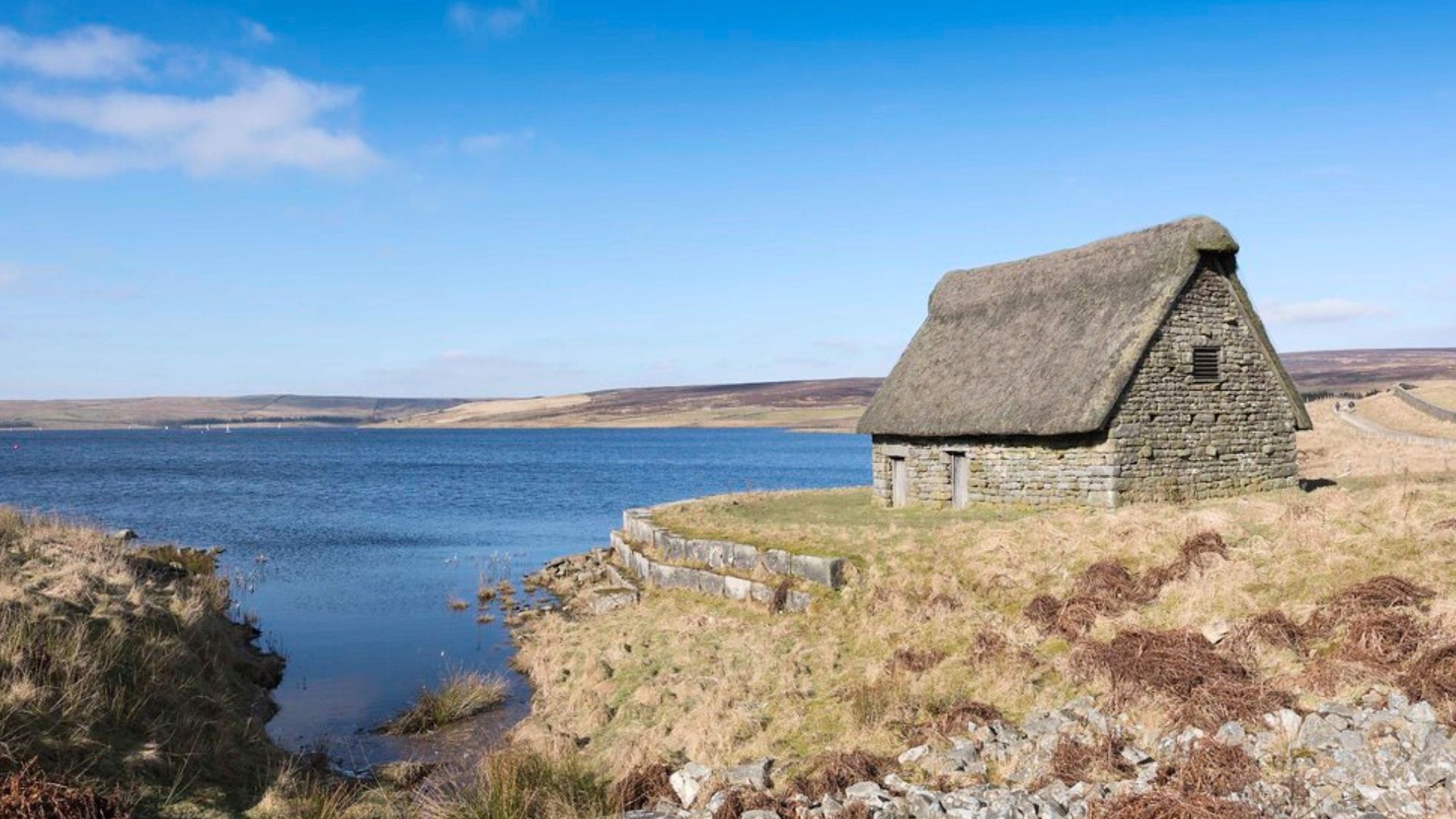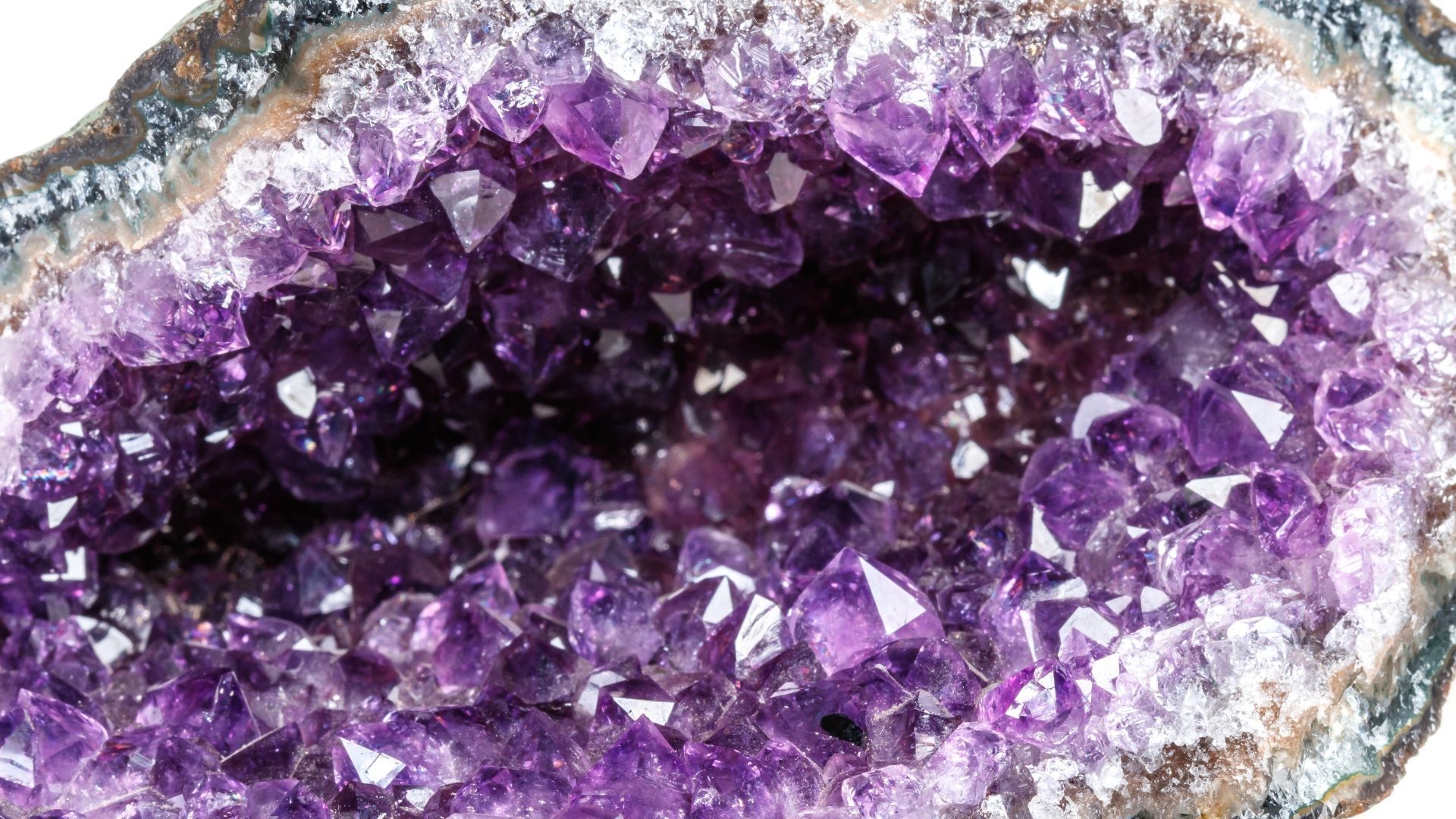Stump Cross Caverns is home to a variety of cave formations. Learn how these formations are created and about the geological history of the caves.
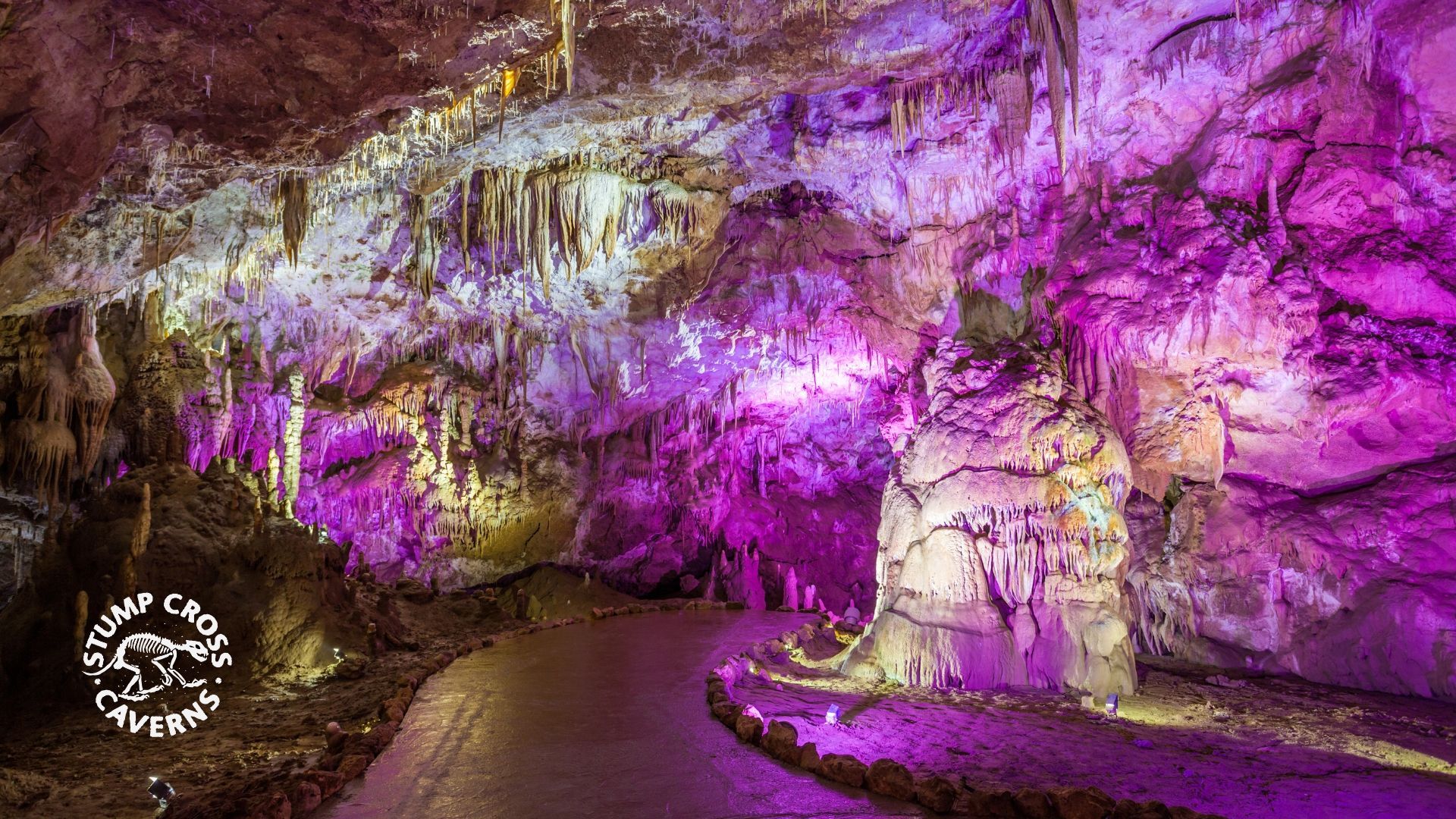
In case you don't already know, Stump Cross Caverns is an ancient limestone cave system formed over millions of years by a process called karstification. Karstification is the chemical dissolution of limestone rock by slightly acidic rainwater and groundwater.
Here's a better idea of how it works…
The water seeps through the cracks and holes in the rock, slowly breaking it down and widening the openings over long periods. After many thousands of years, this process can create a network of underground caves and passages.
Once the caves have been formed, the water continues to flow through them, carrying dissolved minerals and other sediments. These minerals and sediments can be deposited on the cave walls and ceilings, forming various cave formations.
Visit Stump Cross and you'll spot many of these formations on the walls and ceiling of our caverns.
But what sets one cave formation apart from another? Let's find out about some of the rock formations you can find here at Stump Cross Caverns.
1. Stalactites
Probably the most well-known cave formation, stalactites are icicle-shaped formations that hang from the ceiling of a cave. However, unlike icicles, you won't find these melting any time soon.
The process of stalactite formation begins when rainwater seeps through the soil and rocks above the cave. As the water seeps through, it dissolves tiny crystals of calcite, the mineral that makes up limestone.
When the water reaches the cave ceiling, it forms droplets. As the droplets fall, they deposit a microscopic amount of calcite on the ceiling. This process continues for thousands of years, and over time, the calcite deposits build up to form a stalactite.
The shape of a stalactite is determined by the way the water drips. If the water drips straight down, the stalactite will be cone-shaped. If the water drips at an angle, the stalactite will be curved. Stalactites can also be formed by multiple water droplets merging, which can create more complex shapes.
The rate at which stalactites grow varies depending on several factors, including the amount of rainfall, the composition of the limestone and the temperature of the cave. However, stalactites typically grow very slowly, with some stalactites taking millions of years to form.
Stalactites are a beautiful and fascinating example of how nature can create such intricate and stunning formations over time.
2. Stalagmites
Similarly, stalagmites are cone-shaped formations. The key difference is that stalagmites seem to grow upwards from the floor of a cave.
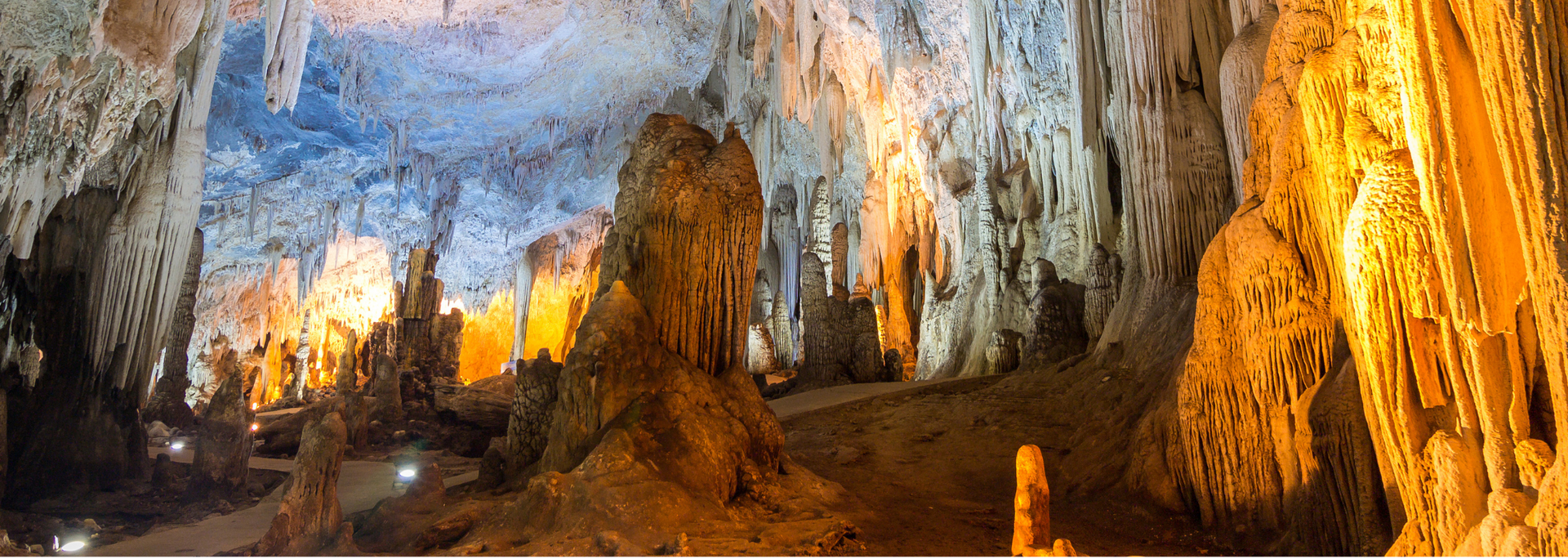
They are formed in a similar way to stalactites. However, while stalactites are formed by water dripping off the ceiling, stalagmites are formed by splashes on the floor. These splashes cause minerals to build up over time, forming these pointed cone shapes.
3. Stalagnates
Stalagnates are columns that form when a stalactite and a stalagmite meet. They are the tallest type of cave formation and can grow to be several metres tall. Stalagnates are often referred to as "pillars" or "columns" because of their shape.
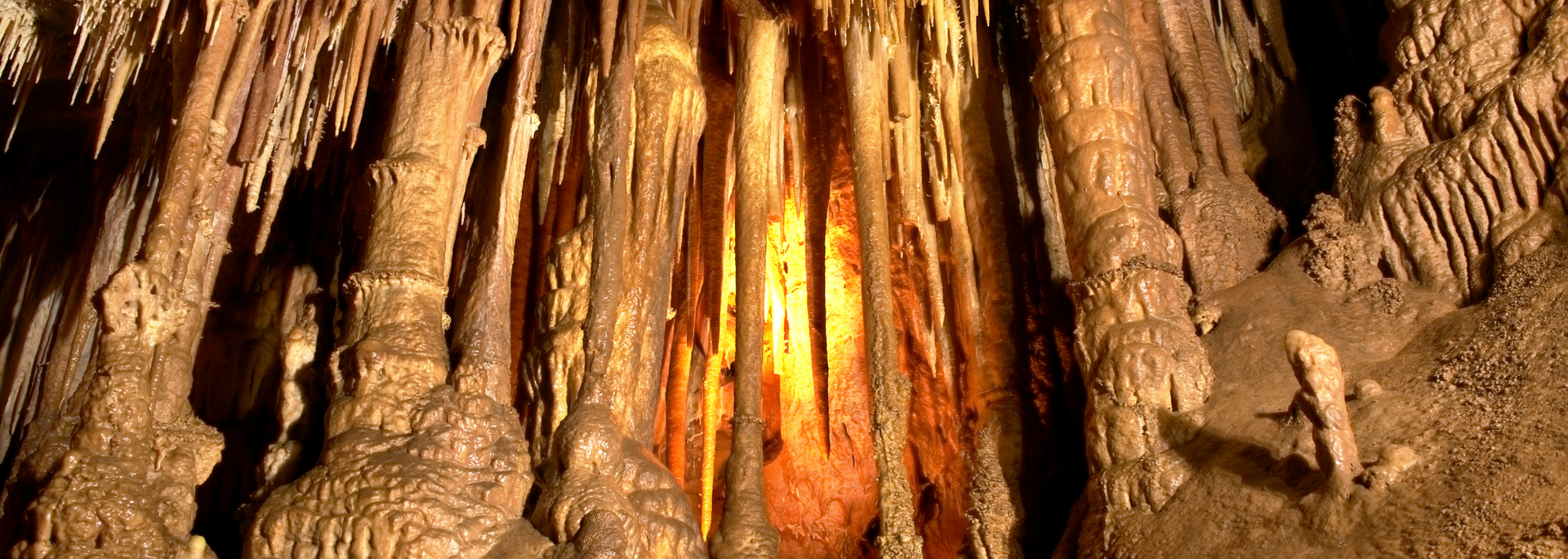
Two of the most notable stalagnates at Stump Cross Caverns are The Twins.
The Twins are two mighty columns of rock that join the floor of the cave and its ceiling. They are a popular attraction here at Stump Cross Caverns and are a great example of the incredible cave formations and geological history that we have on offer.
4. Flowstone
Flowstone is a thin layer of mineral deposits that covers the walls and ceilings of a cave. It's formed by water that flows over the rock surface and deposits minerals.

Flowstone can be found in all types of caves but it is most common in limestone caves. Stump Cross is a limestone cave, so you'll see plenty of flowstone here.
Flowstone is formed when water seeps through cracks in rocks. As the water seeps through, it dissolves tiny crystals of calcite.
When the water reaches the surface of the cave, it evaporates, leaving behind a thin layer of calcite deposits.
The thickness and shape of flowstone vary depending on the amount of water that flows over the rock surface and the composition of the limestone itself.
Flowstone can be smooth and even, or it can be bumpy and textured. And it can be white, yellow, orange or red, depending on the presence of other minerals in the water.
5. Colourful formations: The Butcher's Shop
While we're on the topic of colour, this is a great time to talk about one of the extraordinary formations we have at Stump Cross.
The Butcher's Shop is home to a variety of heavy, vibrant stalactites that resemble slabs of meat in a butcher's window.
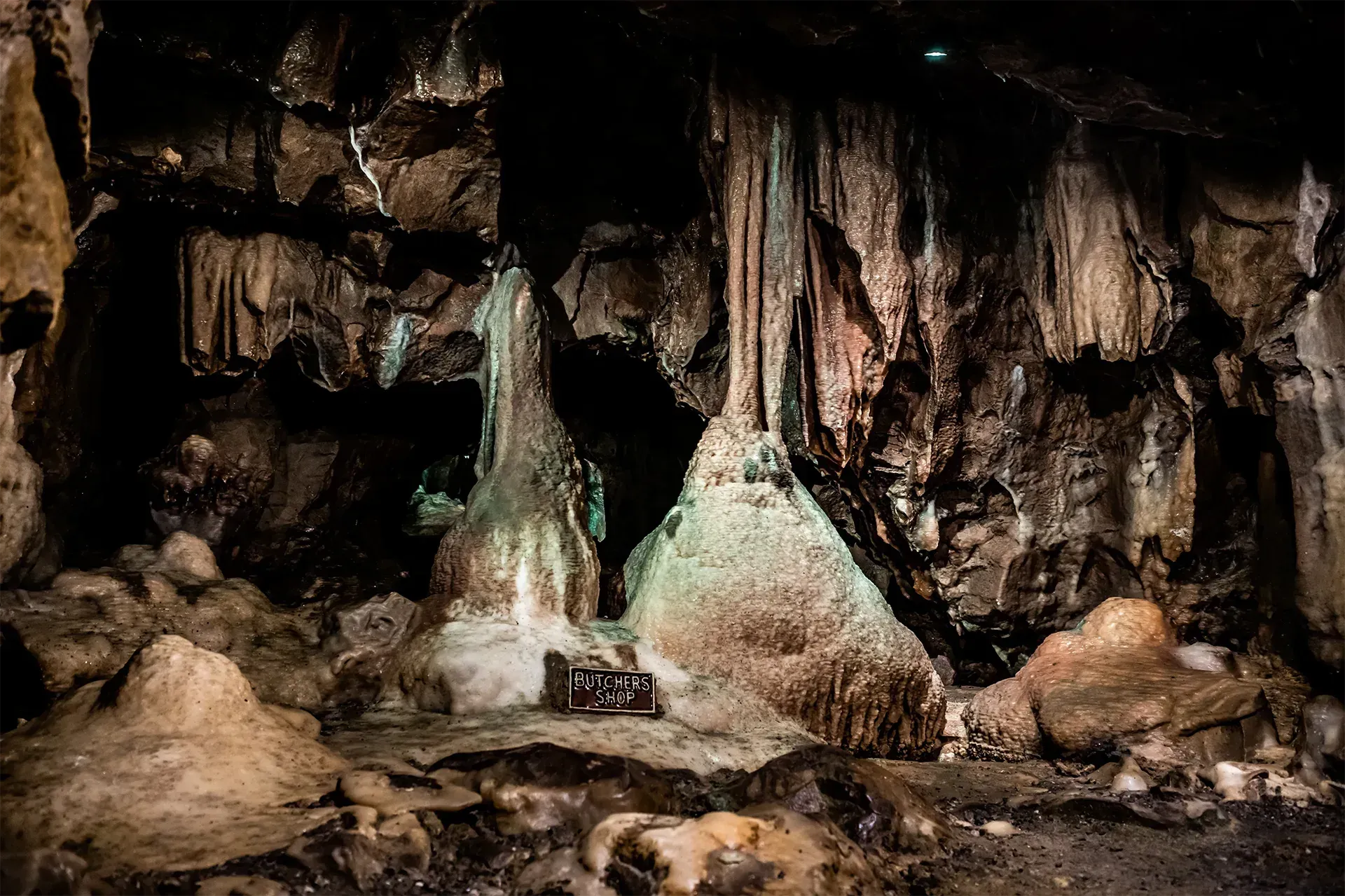
But to our more squeamish visitors, fear not.
The stalactites are simply given their colour and are tinged with red because of the iron ore veining the rock.
The Butcher's Shop is just one of the incredibly immersive and educational experiences on display here.
See millions of years of history up close
We may be a little biased, but Stump Cross Caverns is a truly unique and fascinating place for all ages – and it's home to a wide variety of incredible cave formations.
Whether you have a curious child, are a budding geologist or are simply someone who appreciates the beauty of nature, Stump Cross Caverns is sure to leave you awestruck.
We also offer a variety of educational programmes and activities for kids, including school trips and workshops. These programmes are designed to teach kids about caves, geology and history in a fun and engaging way.
So, if you're looking for an entertaining and
historical place to visit in Yorkshire, be sure to check out Stump Cross Caverns. There's something here for everyone to enjoy.
Why not
book your visit today and experience the magic of these ancient caves for yourself?

